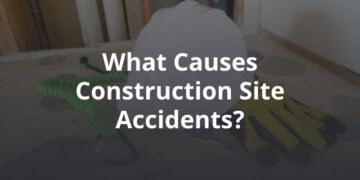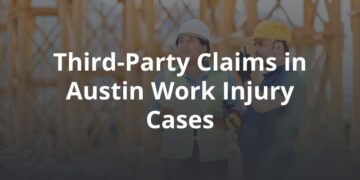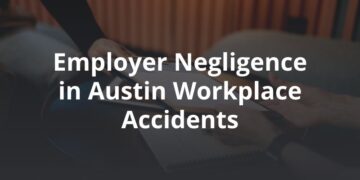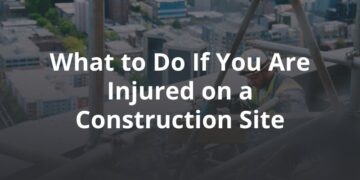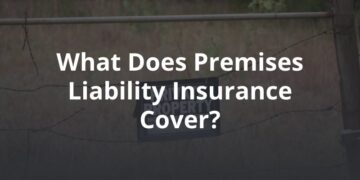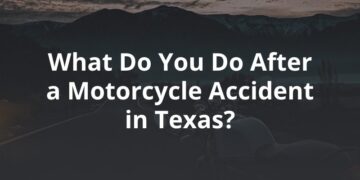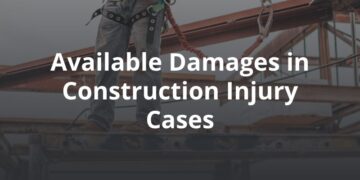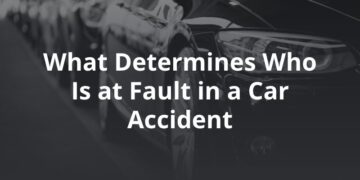With the announcement that it will build a new campus in north Austin, Apple became the biggest employer in the area in one fell swoop. While that’s great news for the local jobs forecast, an influx of new residents could mean extra strain on our city’s already overburdened transportation systems and roads. Austin will certainly need new infrastructure to support all those new employees.
No one can predict exactly how the new campus will impact our roadways, particularly since the city has yet to create a plan to handle traffic demands in the area. But we can review historical data — for example, what happened when similar developments were built — and analyze emerging trends in Austin traffic to gain a better picture.
FVF looked into the issue for ourselves, seeking to understand how traffic (and the inevitable collisions that come along with it) will change. Here’s what we found.
What We Already Know About Apple’s Campus
Apple is expected to add around 5,000 jobs to the Austin economy through the construction of its new $3 billion campus in Northwest Austin. However, the site will have the potential to hold up to 15,000 employees, so the population could triple in time.
The proposed 133-acre site is destined for Robinson Ranch, a northwest suburb located at the intersection of Parmer Lane and Dallas Drive in Williamson County. The area is in close proximity to several highways: Mopac, I-35, and SH 45 are all easily accessible.
Roinson Ranch: The Next Domain?
Mayor Steve Adler is hoping Robinson Ranch will become an “activity center,” a bustling mix of offices, retail, and residential spaces similar to the Domain. Unfortunately for Austin commuters, the Domain has not been great for local traffic; daily traffic counts on nearby Burnet Road have increased by over 9,000 vehicles since 2010.
To make matters worse, according to local realtors, housing around Robinson Ranch is already limited. That could push new employees north to areas like Round Rock and Hutto. If that’s the case, then traffic on I-35 between Parmer and Round Rock may grow much worse.
What Does that Mean for Traffic in the Area?
Since Apple will be building in the suburbs rather than choosing an office building downtown, the site will absolutely put more commuters on highways instead of reinforcing the need for public transportation and other options. Meanwhile, another major tech hub named Parmer Austin is being constructed just east of Robinson Ranch, near Parmer and I-35. That could further clog nearby roadways.
The Austin transportation department is currently waiting on a traffic analysis from Apple’s contractor, which they’ll use to decide what sort of infrastructure changes are needed to support the new campus. However, Williamson County commissioners had already expressed concerns over traffic in the area before voting unanimously to approve a multibillion-dollar tax incentive package for the tech giant. Williamson County Precinct 2 Commissioner Cynthia Long has supposedly received assurances from Governor Greg Abbott that he will address transportation issues on Parmer Lane.
Unfortunately, Parmer Lane is already a top offender for traffic — and collisions. For instance, in its Mobility Findings Report, research analysts Glasshouse Policy found that “Parmer” was one of the top-mentioned traffic-related words on social media in Austin. Presumably, those mentions come from drivers posting about traffic, accidents, and other vehicle-related issues. The Texas Department of Transportation had already greenlit a study analyzing Parmer Lane prior to Apple’s announcement, but that report will not be completed until 2020. Meanwhile, Parmer Lane commuters say new development in the area has added up to 20 minutes to their daily commute.
Longer commute times aren’t the only problem that comes with increasing traffic. When more vehicles are on the road, the likelihood of an accident increases. The stretch of Parmer just east of Robinson Ranch, where it intersects with Lamar Boulevard, is currently considered one of the most dangerous intersections in the city. This spot, along with four other “most dangerous” junctions, was the site of almost 250 accidents between 2012 and 2014.
We recommend that all commuters practice defensive driving, but especially those whose route takes them across dangerous roadways like Parmer Lane. To protect yourself, be sure to stay alert; avoid cell phone use and other distractions while on the road. And though it goes without saying, you should also avoid speeding and tailing vehicles too closely. These behaviors are responsible for a large number of accidents, and they only save an average 26 seconds per day.
If you’ve recently been involved in an accident, it’s too late for these tips to help you. Instead, contact our firm today to learn your rights and see if you are entitled to compensation. We can’t do much about Austin’s traffic, but we can get you the justice you deserve.
